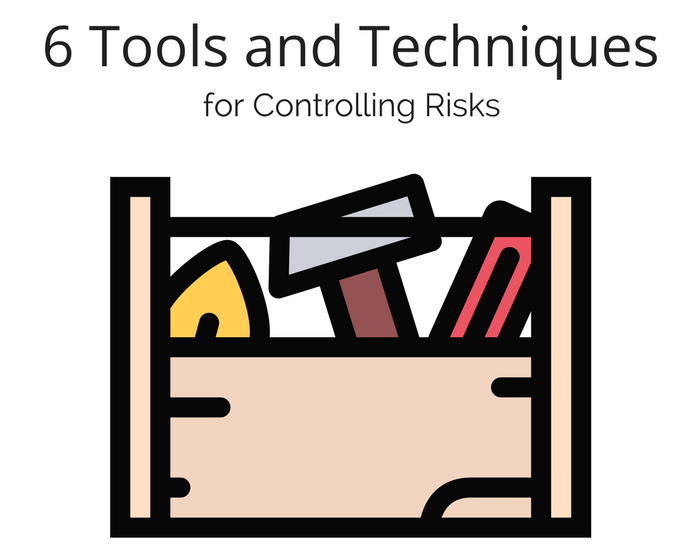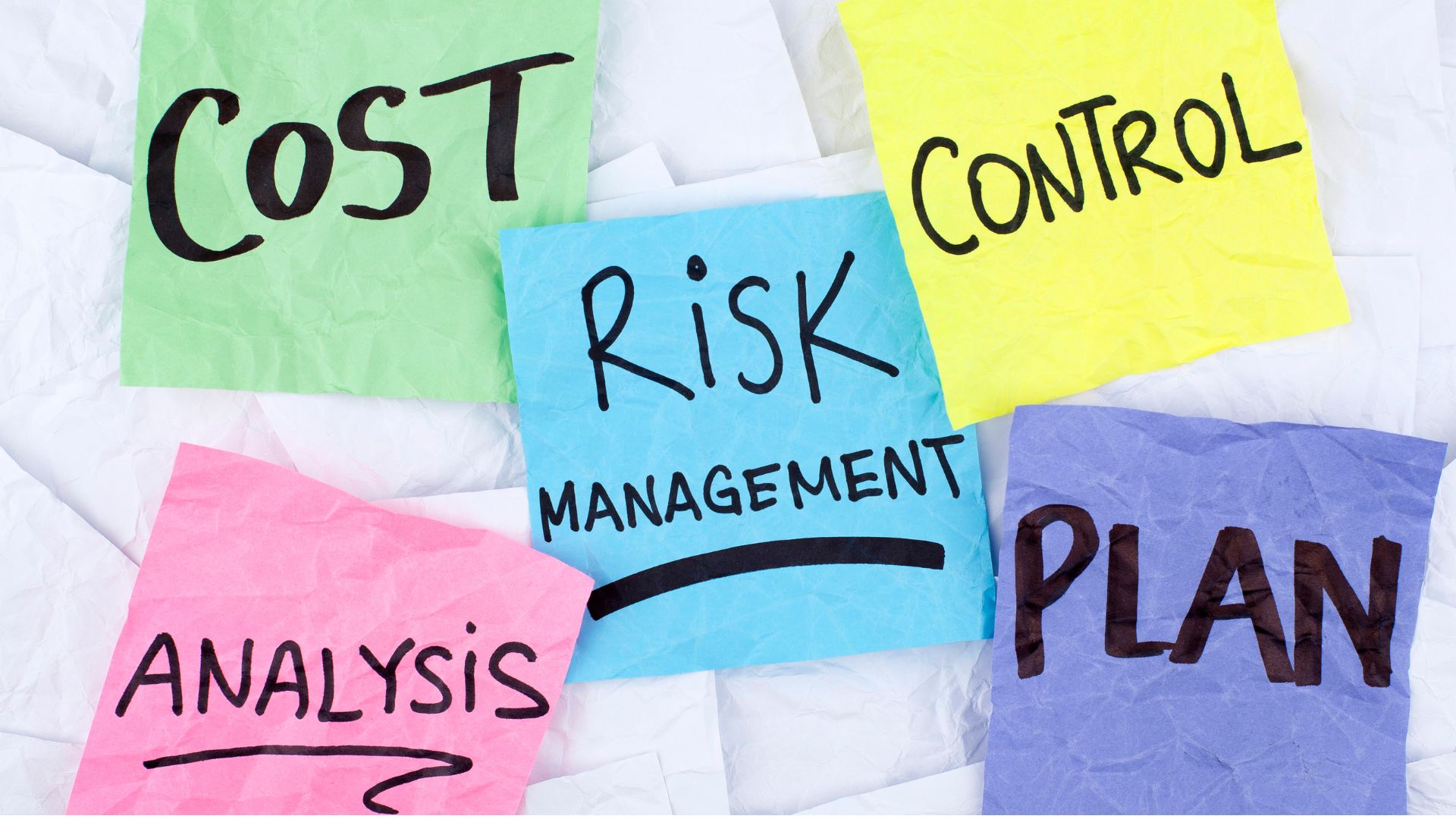Changes in project risks are inevitable. As a project progresses, the probability and impact of current risks change, new risks emerge, and residual risks may increase or decrease. What tools and techniques can project managers use for controlling risks and getting the results they are looking for?

Allow me to introduce you to two project managers—Tom and Susan. Tom started his project with a risk identification exercise with several stakeholders resulting in a list of 77 risks. He entered these risks into an Excel spreadsheet, stored the file in his project repository (and never looked at it again).
Susan, on the other hand, facilitated an early risk identification workshop. She periodically met with her team to review current risks and used additional techniques to identify new risks. In these risk review sessions, the team discussed the effectiveness of the risk responses and the risk management processes.
Which team do you think had the greatest chance of meeting their project objectives? Yes, Susan’s team wins the day, hands down.
Let’s look at six tools and techniques for controlling risks.

Risk Control Tools and Techniques
1. Risk reviews
Risk reviews involve the following activities:
- Identifying new risks
- Evaluating current risks
- Evaluating the risk management processes
- Closing risks
Risk reviews are often performed during weekly project meetings. The reviews may be performed for agile projects during a sprint or release planning.
2. Risk audit
Project teams may have defined risk responses. The question is—“Are the responses effective?” Project managers facilitate risk audits to examine the risk responses' effectiveness and determine whether changes are required. The team also examines the processes to identify, evaluate, respond to, and monitor risks.
3. Variance and trend analysis
As with many control processes, we now look for variances between the schedule, cost baselines, and actual results. When the variances increase, there is increased uncertainty and risk. Watch the trends and respond before the situation gets out of hand.
4. Technical performance measurement
Imagine that you are working on a software development project, and the functional requirements have been developed. You’ve planned to deliver functions at a point in time—at the end of the fourth sprint, at the end of phase 1, or at a milestone. The technical performance measurement is a measurement of technical accomplishments.
5. Reserve analysis
The contingency and management reserves are added to the project budget during the cost planning as needed. As risks occur, the reserves may decrease. Depending on how your organization handles reserves and your risk management plan, project managers may request more reserves when inadequate.
6. Meetings
Project managers should be deliberate risk managers. Engage your team members and appropriate stakeholders in meetings to facilitate the risk management processes. For these meetings, be sure to:
- Distribute an agenda with a clearly stated purpose
- Invite the appropriate team members and stakeholders
- Use appropriate tools and techniques
- Distribute meeting minutes containing decisions, action items, issues, and risks
Finish the Drill
Don’t be like Tom, who started his risk management with a bang and quickly fizzled. The best project managers identify, evaluate, and respond to risks. And they regularly perform control activities to keep the project healthy.
Before you go, remember that you can't control risks until you first identify risks. Click here to discover 7 ways to identify project risks.
